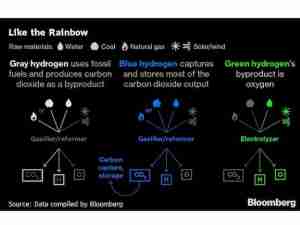Oil rebounded as broader markets clawed back some losses from Tuesday’s swift selloff.
Futures in New York surged as much as 2.5%, after settling at the lowest level since June, moving in tandem with stronger equities on Wednesday. Brent found technical support, rising above the 100-day moving average after dropping a few cents under earlier Wednesday. The 14-day Relative Strength Index for futures in London and New York was below 30 on Tuesday for the first time since April, signaling the two benchmarks were oversold.
“There’s a sense that the market was overdone a little bit yesterday,” said Phil Flynn, senior market analyst at Price Futures Group. “With the strength in the stock market, that’s helping the outlook on the oil market.”
Oil prices are still lower for the week, as faltering demand recovery in parts of the world and the onset of refinery maintenance season weighs on the outlook for consumption already muted by the pandemic. At the same time, demand from refineries remains precarious as refining margins remain low and some facilities on the U.S. Gulf Coast continue repairs following Hurricane Laura.
Refinery utilization may stay around 75% of capacity until early 2021, if refineries have to clear the ongoing surplus in oil products inventories, Citigroup Inc. analysts wrote in a report. Meanwhile, refining margins continue to be dismal, with the crack in the U.S. for combined gasoline and diesel below $10 a barrel at its lowest seasonal level in nearly 10 years.
Physical markets are showing some areas of strength. Bakken crude for delivery at Clearbrook, Minnesota, rose to its narrowest discount to WTI futures in a week. On the Gulf Coast, Light Louisiana Sweet crude is trading at its widest premium since late August.
Still, in the latest sign of a more stymied outlook for U.S. oil production and weaker demand, Enterprise Products Partners LP canceled the expansion of its 450,000 barrel a day Midland-to-Echo crude oil pipeline system that connects the Permian Basin with the Gulf Coast.





_-_28de80_-_58820516bd428ab3fd376933932d068c43db9a4a_lqip.jpg)




